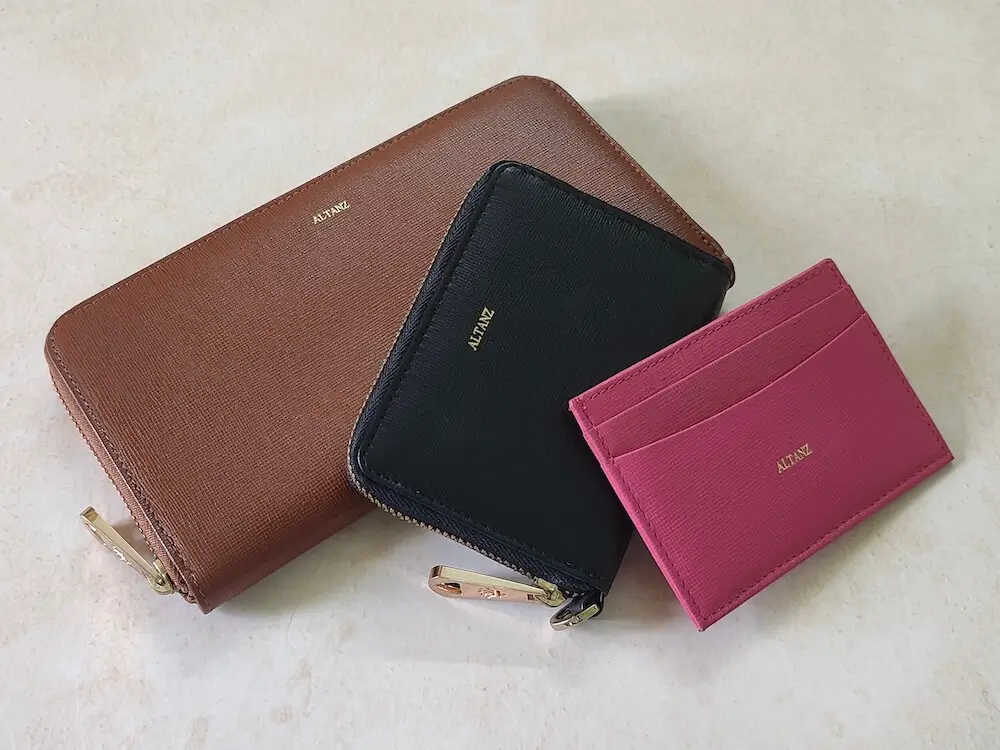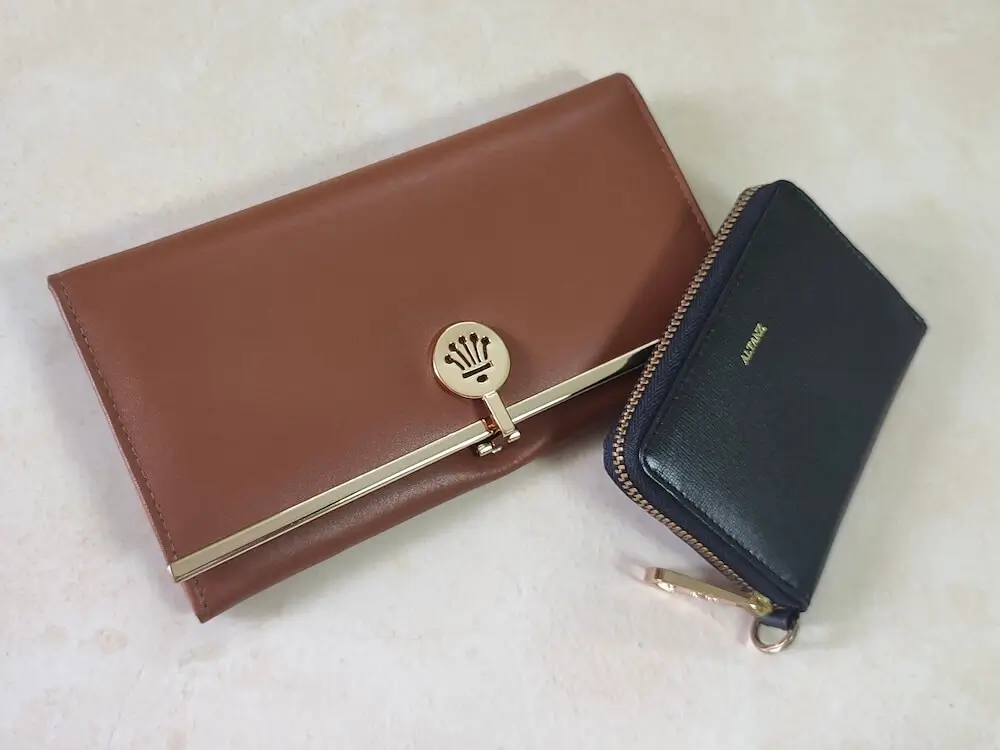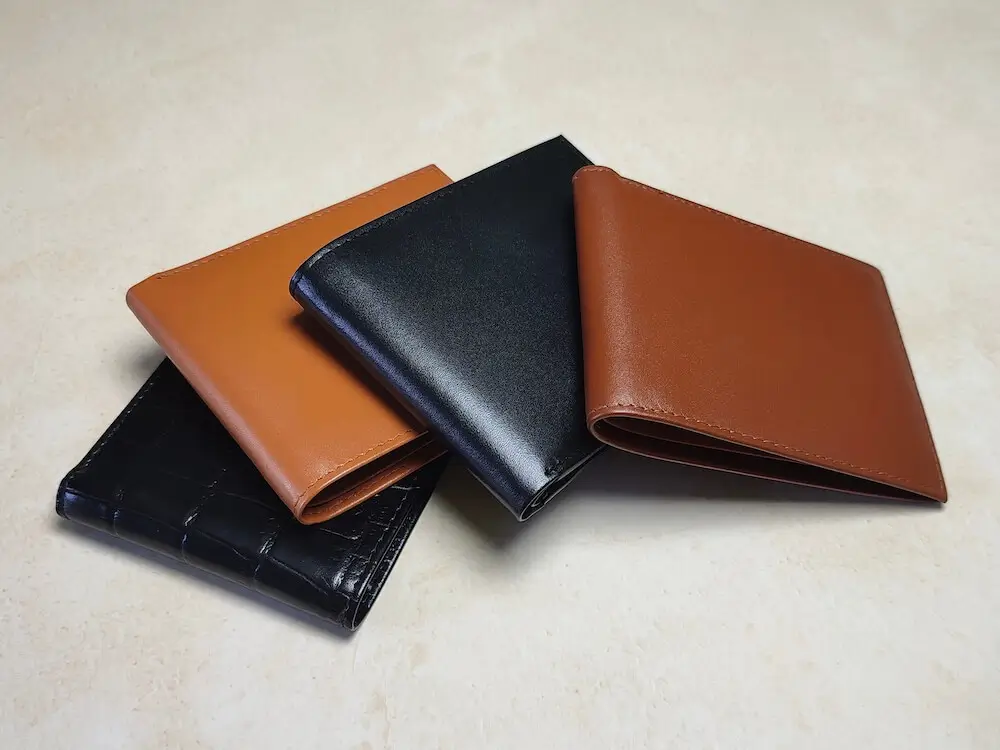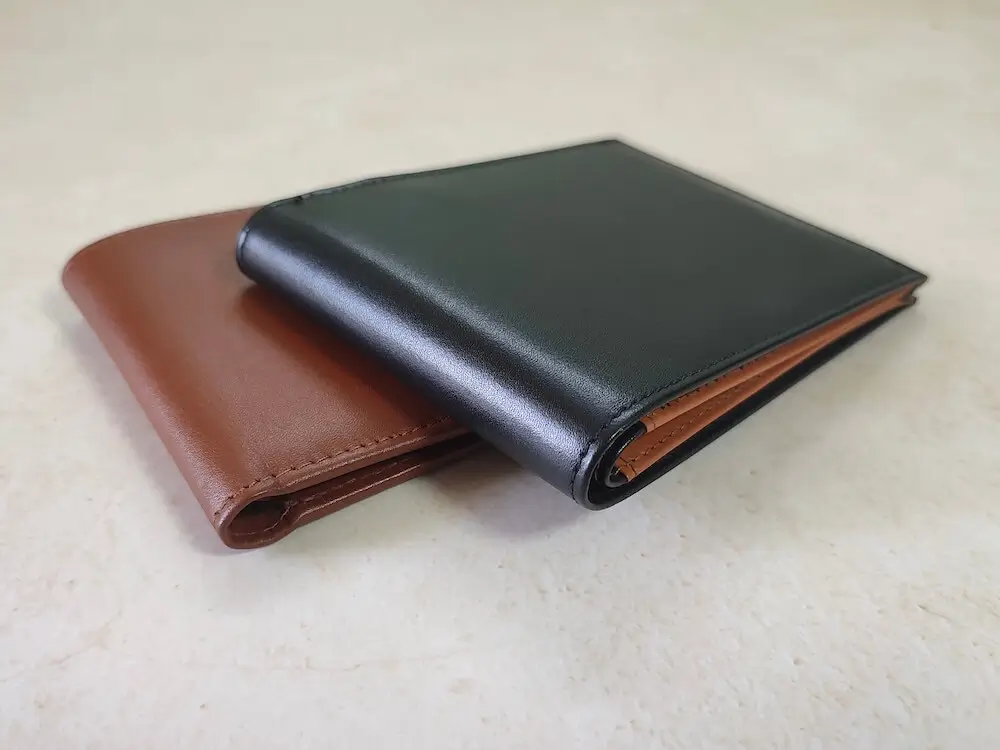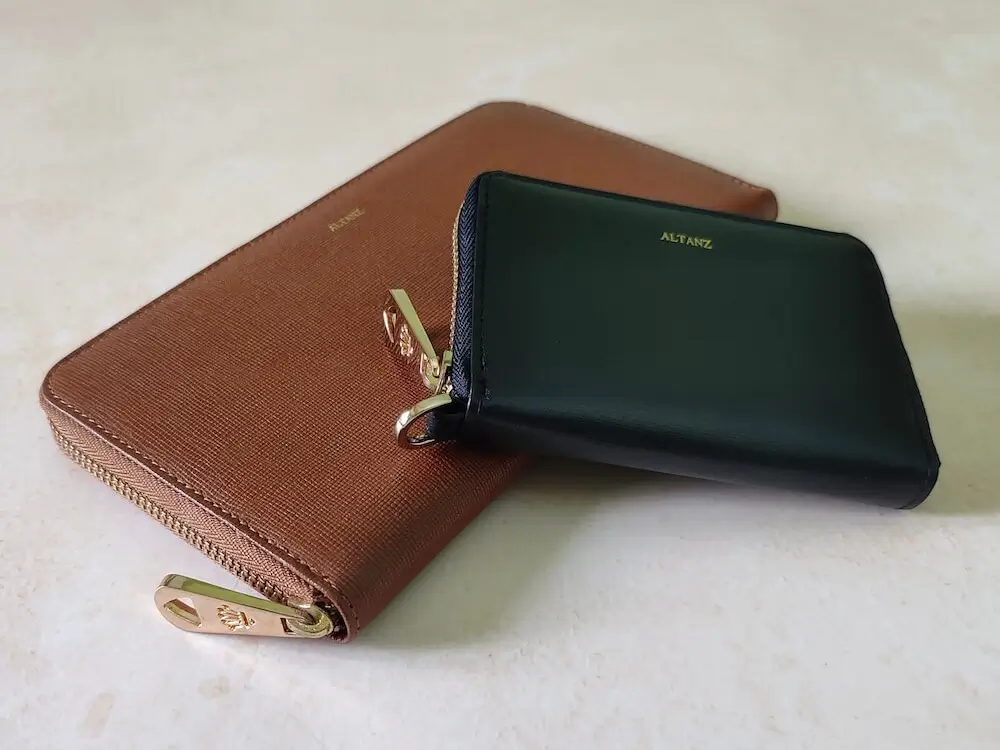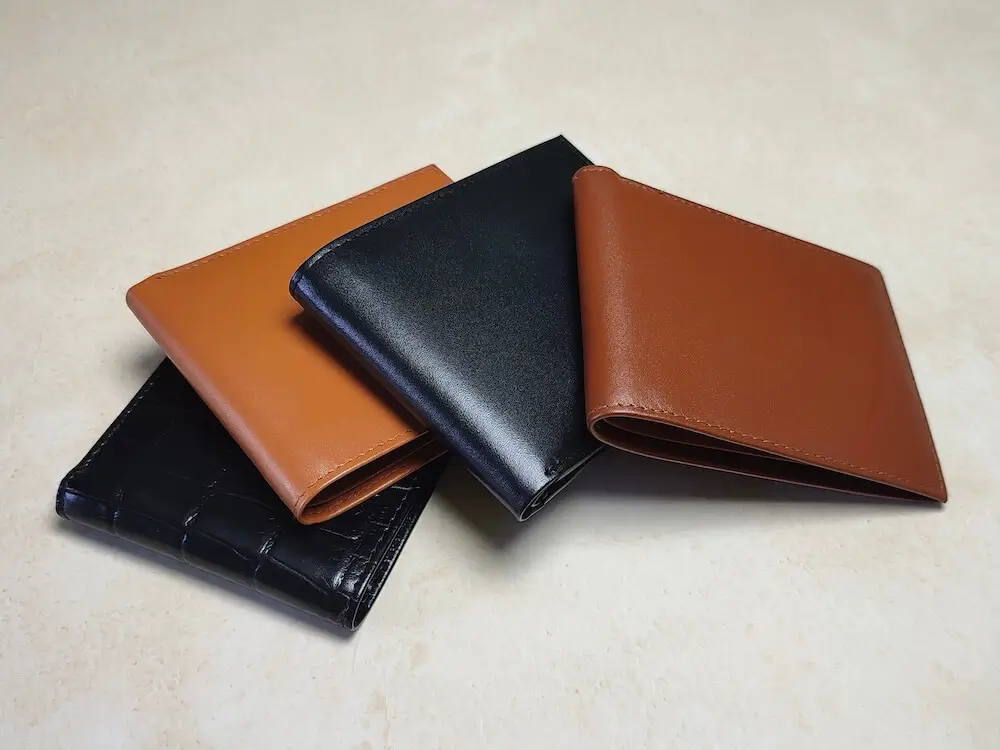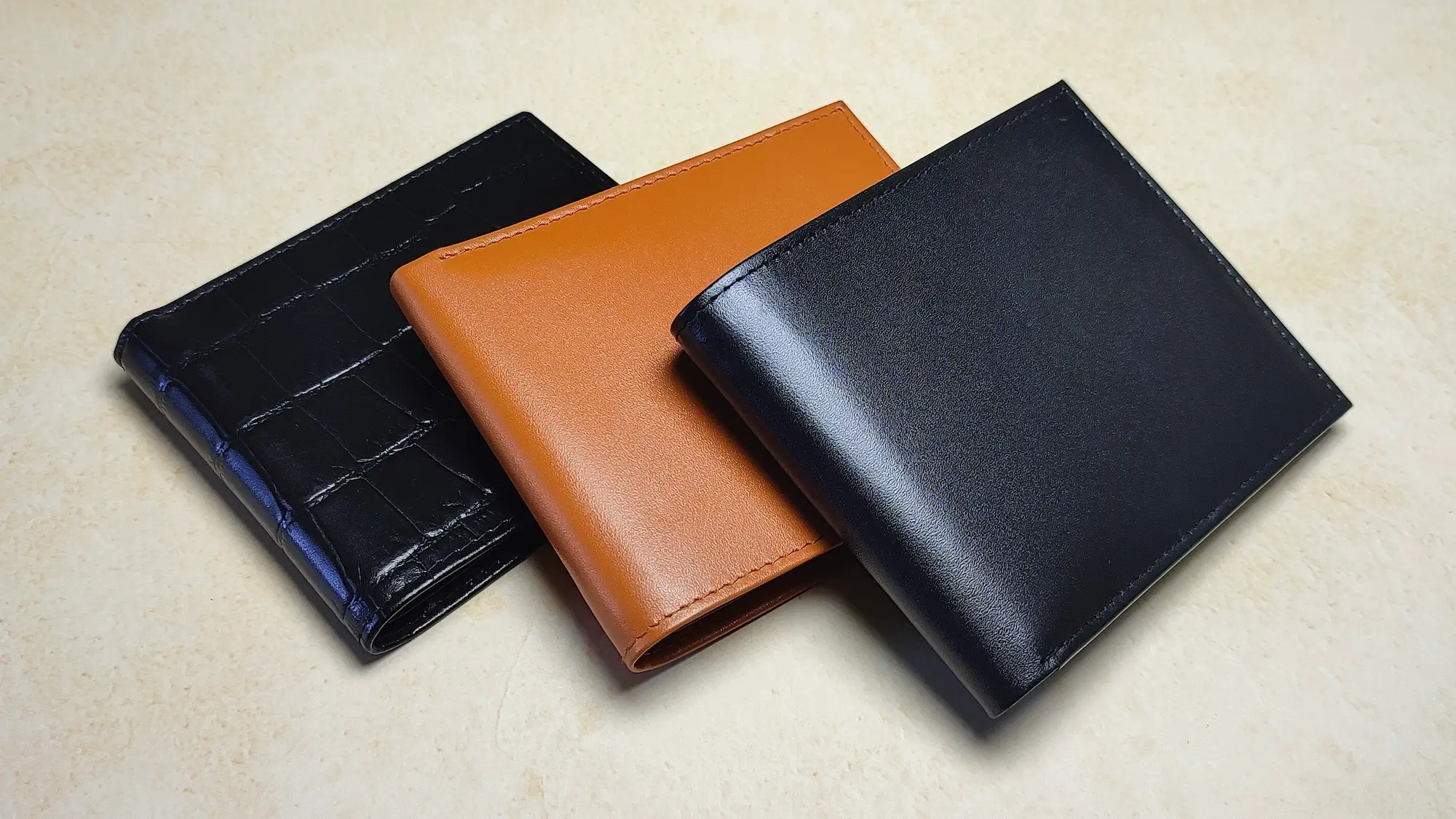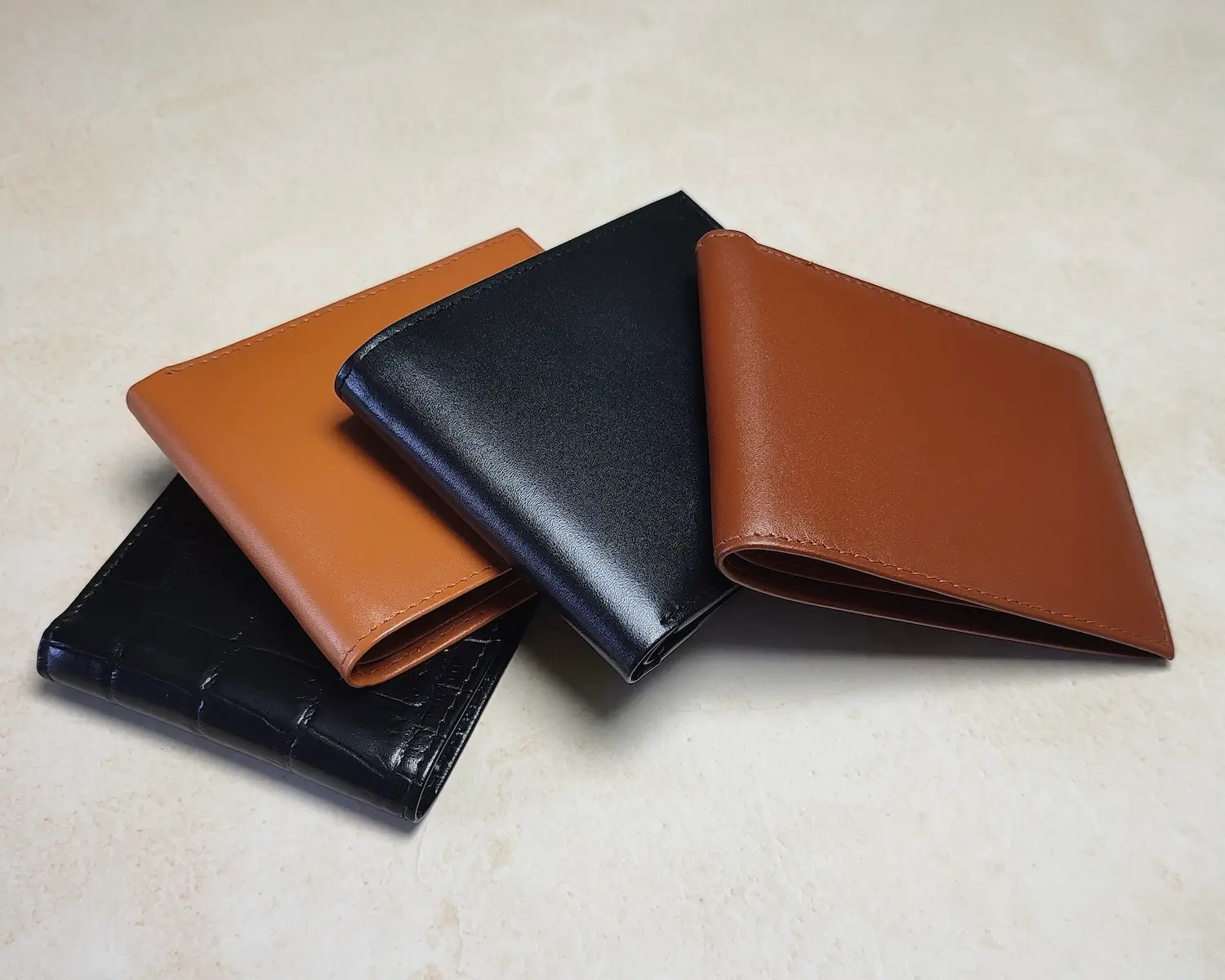Craftsmanship & Heritage
Leather Patina: The Complete Guide to Its Formation and Care
Introduction
Leather Patina: The Complete Guide to Its Formation and Care
Leather is one of the few materials that improves with age, and patina is a testament to this transformation. The rich, lustrous sheen that develops over time adds character, depth, and beauty to leather goods, making them even more desirable as they age. But what exactly is patina, how does it form, and how can you care for it?
This guide explores the fascinating world of leather patina, helping you appreciate and maintain it like a pro.
What Is Leather Patina?
Patina is the natural aging process that enhances the look of leather, making it softer and more visually appealing.
Definition and Characteristics
Patina is the shiny, weathered effect that develops on leather surfaces due to regular use and exposure:
- Natural Aging: Unlike wear and tear, patina adds charm and richness to leather.
- Unique Texture: Each piece of leather develops a distinct patina based on its environment and usage.
The Role of Natural Wear and Tear
Daily use contributes to patina development:
- Friction and Handling: Oils from your skin and regular handling create a smooth, polished effect.
- Environmental Factors: Sunlight, moisture, and air exposure darken and enrich the leather’s color.
Why Patina Is Desirable
Patina is more than just an aesthetic feature:
- Timeless Appeal: It gives leather a vintage, well-loved appearance.
- Symbol of Quality: Only high-quality leathers develop patina, highlighting their authenticity.
- Sentimental Value: The unique aging reflects your personal use and journey with the item.
How Leather Patina Develops
The formation of patina is influenced by various factors, making it a gradual and organic process.
Factors That Influence Patina Formation
Several elements contribute to patina’s development:
- Exposure to Light: Sunlight darkens and enriches leather’s natural tones.
- Natural Oils: Oils from your hands and body add luster and smoothness.
- Friction and Wear: Everyday handling polishes the surface, creating a glossy effect.
- Moisture: Rain and humidity leave marks that blend into the patina over time.
Types of Leather That Develop Patina
Not all leathers form patina equally:
- Full-Grain Leather: The top layer of the hide, full-grain leather develops the richest and most dramatic patina.
- Vegetable-Tanned Leather: Tanned using plant-based methods, this leather ages beautifully, with deepening tones and texture.
- Pull-Up Leather: Known for its waxy finish, pull-up leather reveals subtle color variations as it ages.
Timeline for Patina Formation
How quickly patina develops depends on usage:
- Frequent Use: Wallets, bags, and shoes handled daily show patina within a few months.
- Occasional Use: Items like jackets or furniture may take years to develop a noticeable patina.
Benefits of Leather Patina
Patina not only enhances the beauty of leather but also increases its uniqueness and value.
Enhanced Beauty Over Time
Leather’s appearance improves with age:
- Deeper Colors: Patina darkens and enriches the leather’s natural tones.
- Glossy Finish: The polished effect adds elegance and sophistication.
Unique and Personalized Appearance
No two pieces of patina are the same:
- Personalized Aging: Patina reflects how and where the leather was used.
- Storytelling: Each mark, scratch, or polish adds to the item’s history and character.
Increased Value
High-quality leather goods with a well-developed patina are highly sought after:
- Rarity: Patina is a hallmark of premium leather, distinguishing it from synthetic or lower-grade options.
- Luxury Appeal: Many collectors and enthusiasts consider patina a sign of authenticity and refinement.
Caring for Patina on Leather Goods
Preserving and enhancing patina requires thoughtful care and maintenance.
Regular Cleaning Without Removing Patina
Clean leather to maintain its integrity without compromising its patina:
- Soft Cloth: Wipe down with a dry or slightly damp cloth to remove surface dirt.
- Mild Cleaners: Use leather-safe cleaners sparingly to avoid stripping the natural oils.
Conditioning for Protection
Conditioning helps maintain leather’s suppleness and prevents cracking:
- Choose the Right Product: Use a conditioner designed for high-quality leather.
- Application: Apply a small amount with a soft cloth, focusing on dry or stiff areas.
Avoiding Over-Cleaning
Too much cleaning can harm the patina:
- Gentle Care: Clean only when necessary to prevent excessive wear.
- Embrace Imperfections: Allow scratches and marks to blend into the patina naturally.
Common Mistakes to Avoid
Caring for leather with patina requires a gentle approach. Avoid these common pitfalls to preserve and enhance its unique character.
Using Harsh Cleaning Agents
Strong chemicals can strip leather of its natural oils and damage the patina:
- Avoid Alcohol or Vinegar: These can dry out leather, leading to cracks and fading.
- Use Leather-Safe Products: Stick to cleaners specifically designed for fine leather.
Overexposure to Sunlight and Moisture
While light and moisture contribute to patina formation, excessive exposure can cause damage:
- Sunlight: Prolonged UV exposure can dry and bleach leather, creating uneven patches.
- Moisture: Excessive humidity or water can lead to stains and mildew.
- Preventive Care: Apply a water-resistant spray and store leather away from direct sunlight.
Skipping Maintenance
Neglecting regular care accelerates deterioration:
- Drying Out: Leather that isn’t conditioned loses flexibility and may crack.
- Accumulating Dirt: Dirt and grime can embed into the leather, dulling its appearance.
- Solution: Clean, condition, and protect your leather routinely to ensure longevity.
FAQs About Leather Patina
-
What is the best leather type for patina development?
Full-grain and vegetable-tanned leather are the best choices for developing rich, natural patina due to their unaltered surface and high-quality finishes. -
How can I speed up the patina process naturally?
Regular use, exposure to natural oils from your hands, and gentle handling can help accelerate patina formation. Avoid over-conditioning, as it can slow the process. -
Can patina be removed if I don’t like its appearance?
Yes, patina can be minimized with professional cleaning or refinishing services, but it may also strip the leather’s character. Embrace it as a mark of the leather’s quality and history. -
Does conditioning leather slow down patina formation?
Proper conditioning doesn’t stop patina from forming—it helps protect the leather while allowing natural aging to occur. Over-conditioning, however, may delay patina development. -
How do I protect patina from scratches and stains?
Use a leather protector spray to create a barrier against moisture and stains, and handle your leather goods with care to avoid unnecessary abrasions.
Conclusion
Leather patina is a natural and desirable feature that showcases the beauty and quality of high-end leather goods. As leather ages, its surface tells a story, developing a rich, glossy finish that is as unique as the owner’s journey. Proper care, including cleaning, conditioning, and mindful handling, ensures that patina continues to enhance your leather items over time.
By understanding how patina forms and avoiding common mistakes, you can fully appreciate and preserve the charm of your leather goods. Whether it’s a cherished wallet, a luxurious handbag, or a well-loved jacket, patina adds depth, character, and timeless elegance to your belongings.
FAQ : Frequently Asked Questions
Leather Patina: The Complete Guide to Its Formation and Care
Answer:
Full-grain and vegetable-tanned leather are the best choices for developing rich, natural patina due to their unaltered surface and high-quality finishes.
Answer:
Regular use, exposure to natural oils from your hands, and gentle handling can help accelerate patina formation. Avoid over-conditioning, as it can slow the process.
Answer:
Yes, patina can be minimized with professional cleaning or refinishing services, but it may also strip the leather’s character. Embrace it as a mark of the leather’s quality and history.
Answer:
Proper conditioning doesn’t stop patina from forming—it helps protect the leather while allowing natural aging to occur. Over-conditioning, however, may delay patina development.
Answer:
Use a leather protector spray to create a barrier against moisture and stains, and handle your leather goods with care to avoid unnecessary abrasions.


